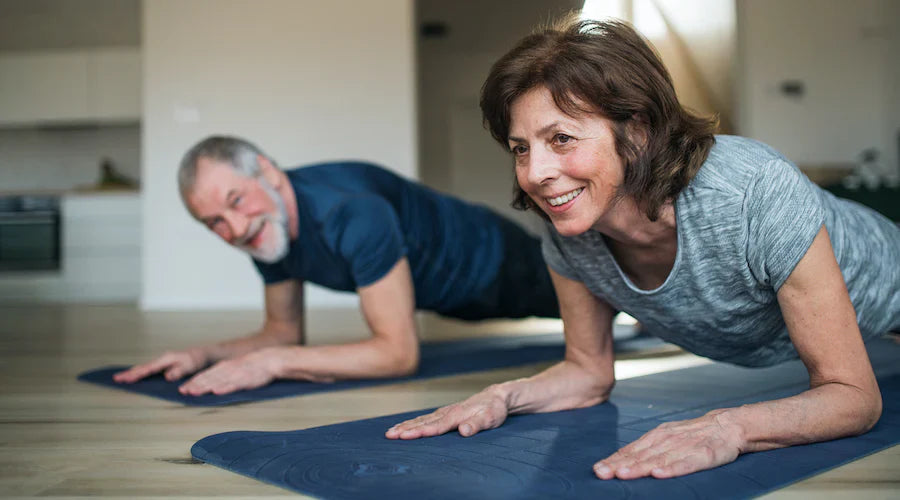LIVING WITH INCONTINENCE
Incontinence exercise
Read more
For many of us, staying active is a vital part of maintaining a healthy lifestyle. But for people who experience incontinence, certain sports or activities can make things more challenging. Whether it’s running, swimming, or weightlifting, some exercises can put additional strain on the bladder and pelvic floor, leading to leaks. If you’re experiencing incontinence while participating in sports or physical activities, it’s important to understand how different movements can impact bladder control and explore strategies to manage or reduce these challenges effectively.
Urinary leakage during physical activities, especially high-impact exercises like running or jumping, occurs when the pressure on the bladder exceeds what the pelvic floor muscles can manage. Different sports place varying levels of strain on the body, with high-impact or repetitive movements being more likely to trigger symptoms. While this is a common challenge, it doesn’t have to prevent you from staying active. By understanding how specific activities affect your body and adopting practical strategies, you can continue enjoying your favourite sports with confidence. Let’s explore how to make that possible.
High-impact activities like running and jumping place significant stress on the bladder and pelvic floor muscles due to repetitive movements and abdominal pressure.
The jolts from running or jumping can overwhelm weakened pelvic floor muscles, often causing leaks. Factors like childbirth, surgery, or age can amplify this effect.
Pelvic Floor Exercises: Strengthen your muscles with Kegels to improve bladder control.
Incontinence Products: Use protective pads or activewear designed for physical activity.
Hydration Timing: Avoid large fluid intake before exercise to reduce bladder pressure.
Bladder Training: Plan bathroom breaks before workouts to minimise leaks.
Alternative Activities: If running proves difficult, opt for walking or yoga to reduce strain.
Lifting heavy weights increases abdominal pressure, which can strain the bladder and pelvic floor.
Tip: Engage your pelvic floor muscles during lifts and practice proper technique to minimise pressure.
Sitting for long periods during cycling or rowing can apply constant pressure to the bladder.
Tip: Use padded seats and take regular breaks to alleviate discomfort and reduce leaks.
Swimming is generally low-impact, but factors like cold water and exertion can still trigger incontinence.
Cold water may irritate the bladder, causing sudden urges to urinate. The physical effort of swimming strokes can also create pressure on the bladder.
Waterproof Products: Specialised swimwear or waterproof pads provide discreet protection.
Bladder Training: Empty your bladder before swimming and practise managing urges.
Hydration: Drink enough water to prevent bladder irritation, but time intake carefully.
Gentler on the body, these activities generally cause less strain on the pelvic floor. However, certain poses or movements may still create mild pressure.
Tip: Modify movements if needed and focus on strengthening your pelvic floor through targeted exercises.
Strengthen your pelvic floor with regular exercises to minimise leaks.
Use activity-specific protective products for added confidence.
Stay hydrated to maintain bladder health and reduce irritation.
Consult a healthcare provider or pelvic floor therapist for personalised advice.
With the right approach, incontinence doesn’t have to stand in the way of staying active and enjoying the sports you love. By understanding how different activities impact your body and implementing effective strategies, you can maintain confidence and control. Strengthening your pelvic floor, using appropriate protective gear, and selecting activities that suit your needs are key steps toward a worry-free active lifestyle. Whether it’s adjusting your routine or exploring new ways to stay fit, you can continue participating in the activities you enjoy while managing incontinence effectively.